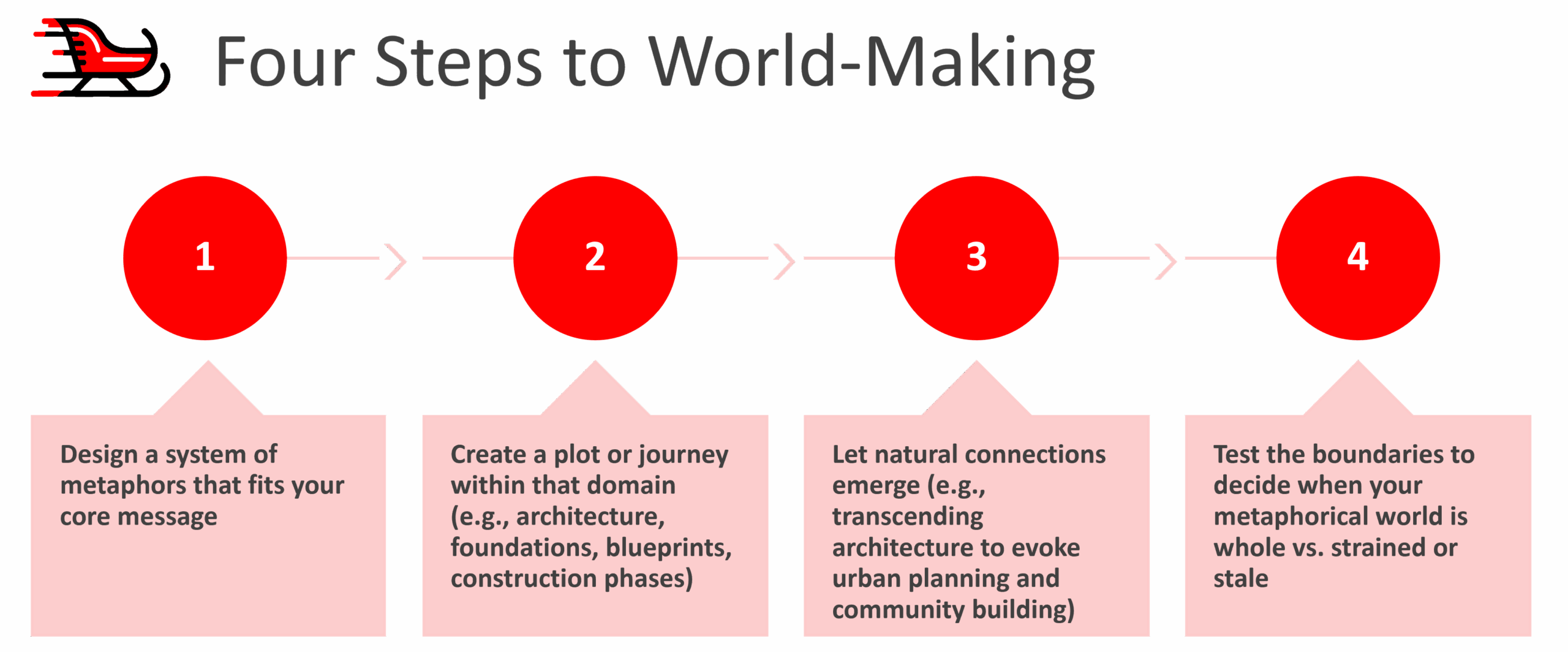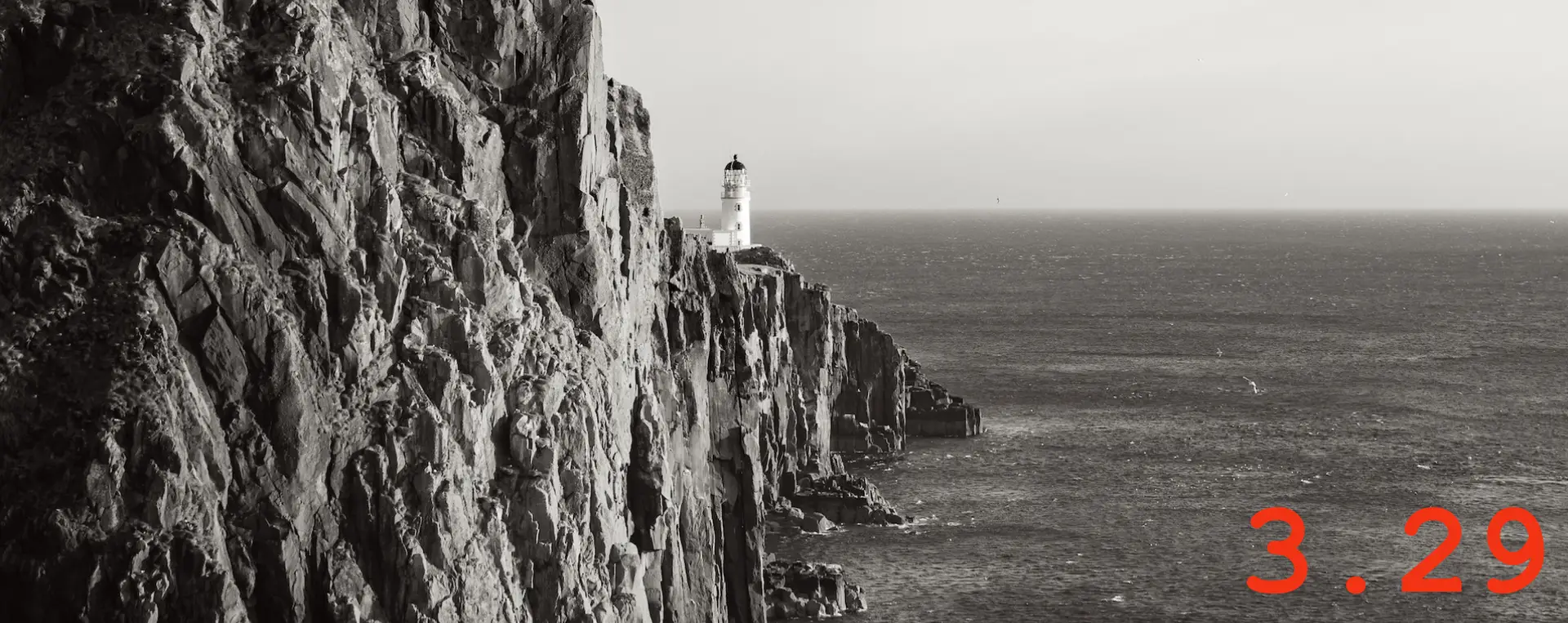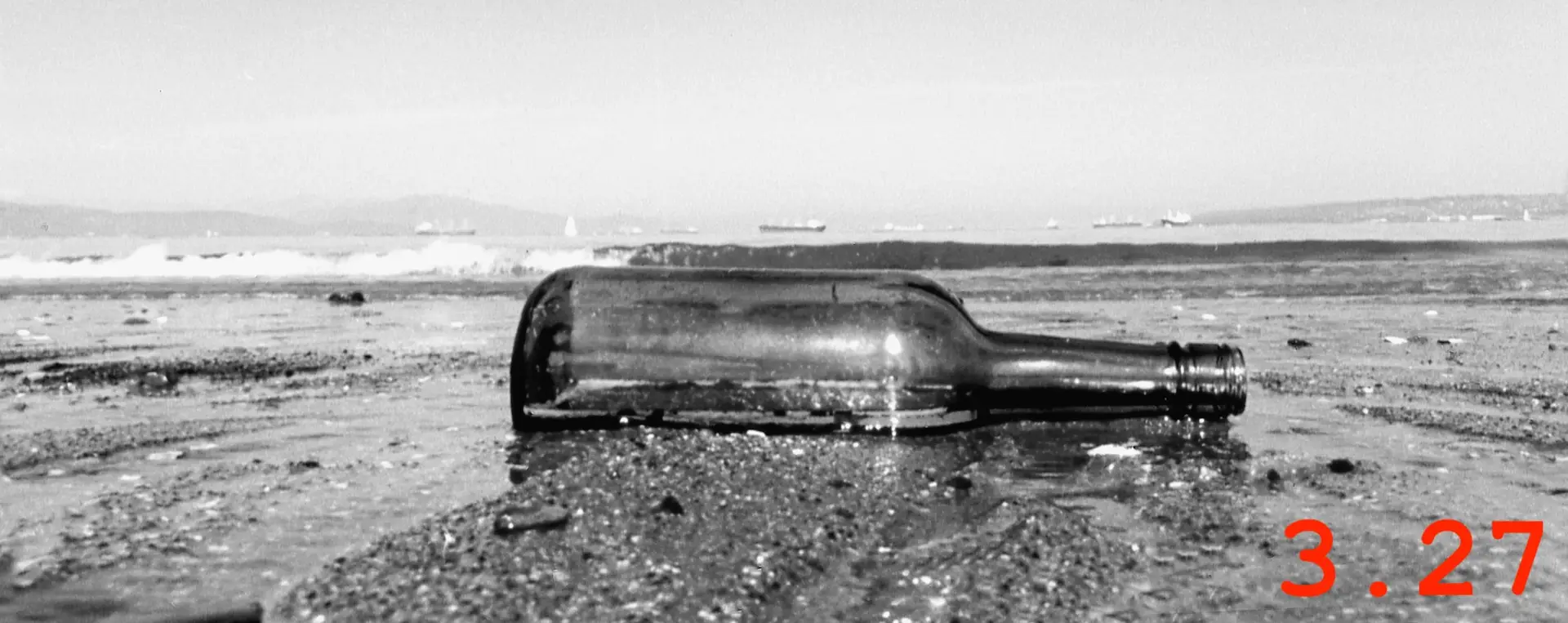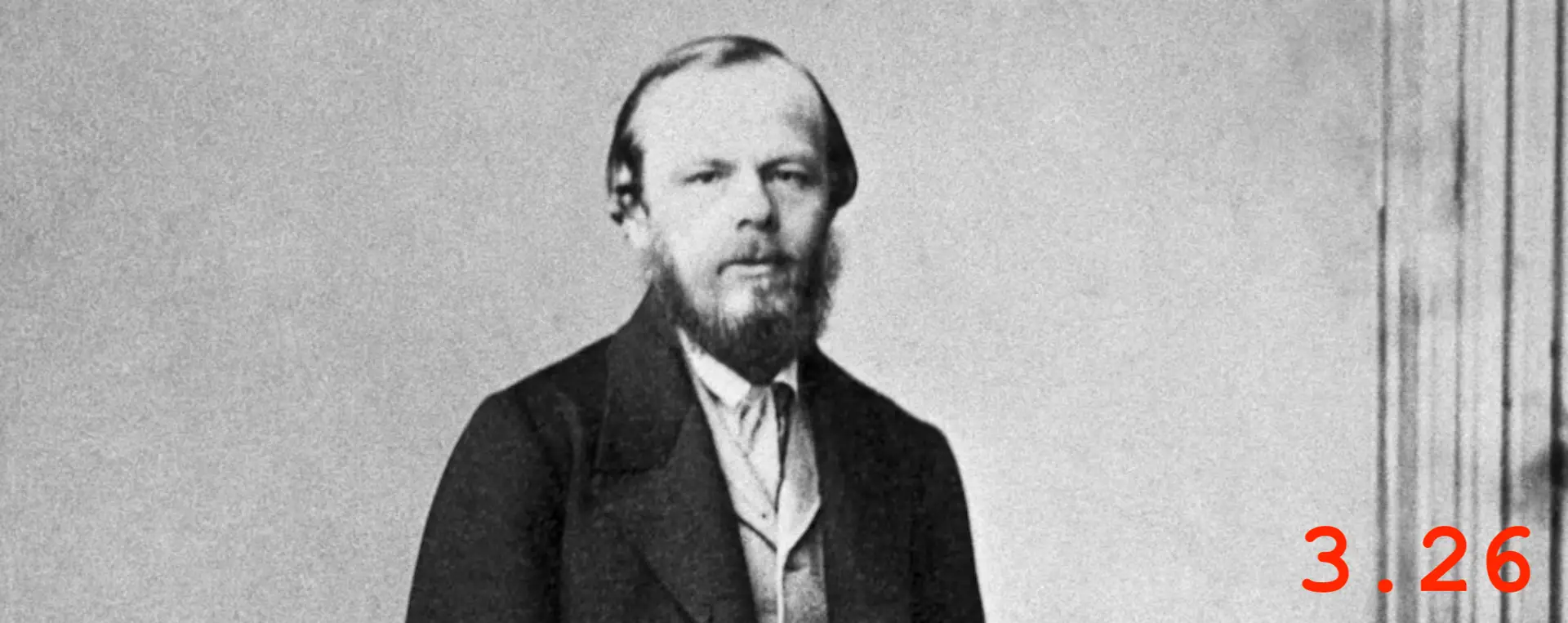Thought leadership should be fun, fast, and fearless. You tap into excitement about new ideas and advocate for something better. That’s the mindset behind The Idea Sled. Projects glide forward gracefully. It’s the momentum of commitment. This newsletter shows you how.
Metaphors create movement. They turn abstract thought into shared terrain. But they don’t really, because these statements about metaphor are themselves metaphorical. We speak of ideas “moving” and concepts occupying “terrain” as if thoughts were objects navigating physical space. The metaphor here reveals something essential about how language works, especially in thought leadership. Beyond description, words create a world that you invite readers to explore.
Even in analytical domains like institutional finance and capital markets, metaphors do world-making work that literal description cannot accomplish. They shape how decision makers think about complex problems and uncertain futures.
The Rhetorical Foundation
Metaphor may seem like a poetic device, but the concept comes from rhetoric rather than poetics. Rhetoric is the classical tradition of persuasion.
Classical Definition
The Roman rhetorician Quintilian defined metaphor as a transference (translatio) of a word from its proper signification to another. Unlike simile, which compares using “like” or “as,” metaphor creates direct substitution. Simile maintains distance between the two concepts, allowing readers to consider similarities while preserving the separateness of each element. Metaphor collapses that distance. Oddly, “translation” is a Latin translation of the same roots as the Greek word “metaphor,” because it carries persuasive intent from one meaning to another.
The distinction matters strategically. Saying “due diligence is like mining” invites comparison. Saying “we excavate hidden value and unearth buried risks” transfers the miner’s skill in finding both precious deposits and dangerous conditions directly to the surface for the audience. Metaphor transforms understanding rather than merely describing it.
What Metaphors Do
In thought leadership, metaphors serve four strategic functions that plain language can’t match.
They organize attention.
They create focal points that guide audiences toward what matters most. Sometimes, their strangeness helps you cut through the noise in a world flooded with content. When you describe organizational change as “adjusting the sails,” you highlight the responsiveness to conditions, the leverage of natural forces, and the continuous fine-tuning required while acknowledging that wind patterns determine speed. The resonances are subtle.
They invite belief.
They make abstract concepts feel tangible. They tap into our embodied understanding of the world. Data becomes more compelling when it provides a “lighthouse in market fog.” Investment strategies gain credibility when they “weather market storms.” Risk assessments feel more trustworthy when they “chart dangerous waters.” These phrases make complex financial concepts feel physically and emotionally resonant.
They shape action.
They provide mental models that influence how people approach decision-making. When leaders understand organizational change as “shifting geological layers” rather than “flipping switches,” they naturally shift toward a world shaped by gradual pressures, deep transformation, and underlying forces rather than imposing surface-level fixes.
They translate the unfamiliar.
They help audiences integrate genuinely unfamiliar concepts. They serve as anchors in uncertain intellectual waters and astrolabes that guide readers from familiar ground toward new understanding.
Mapping a Strategy
The most sophisticated thought leaders plot out metaphors to lead people on a three-stage journey. The sequence matters. Diagnostic metaphors create urgency, transformational metaphors open possibilities, and actionable metaphors provide direction.
- Diagnostic metaphors help audiences define or identify problems hiding in plain sight, like describing market volatility as “treacherous currents” that have been pulling portfolios off course.
- Mid-journey, transformational metaphors shift perspective by reframing “market downturns” as “low tide opportunities.”
- Finally, actionable metaphors like “charting new waters” provide mental models for execution.
The Energy of Verbs
Business writers often focus on metaphorical nouns like ecosystems, pipelines, engines. The metaphors are so common that they have become sterile commonplaces rather than fertile new ground. But verbs can also enliven otherwise barren thought leadership. They create motion and narrative vitality where ideas can flourish for both thinkers and audiences.
When ideas “form coral networks and build reefs” to link departments, you evoke beneficial connection and collective growth. When opportunities “bloom across the reef” of possibility, readers understand both the abundance and the living foundation required for sustained prosperity. When teams “nurture spawning grounds” for new ideas, the ecosystem metaphor captures both the protective conditions and the generative abundance that emerges from fertile waters.
These living metaphors invite people to dive deeper into abundant waters of possibility, where ideas spawn and multiply. You create abundant participation rather than remaining static on the surface or just harvesting krill.
Building Your Own World
Notice how this piece moved from navigation metaphors (lighthouse, charting waters) to coming ashore (excavating, shifting geologic layers) to fostering living ecosystems (coral reefs, spawning grounds). Each metaphor is built on the previous foundation. Maritime exploration led naturally to discovering new geological territories, which became the bedrock for abundant marine life to flourish.

The ultimate goal is creating a complete environment where readers can explore, not just isolated images scattered throughout your argument.
The Strategic Advantage
Metaphors work because they harmonize with how decision makers actually process complex information. People think both logically and imagistically. The most effective thought leadership integrates both modes rather than privileging analytical reasoning alone. It creates a world where challenges and decisions make better sense.
Using logic, metaphor, strategic progression, and world-making also provides competitive advantage. When you offer audiences powerful images, you’re giving them cognitive tools they can carry forward, apply to new situations, and use to generate their own insights, but still leading them forward. You’re equipping others to think more effectively about their challenges while communicating your ideas.





